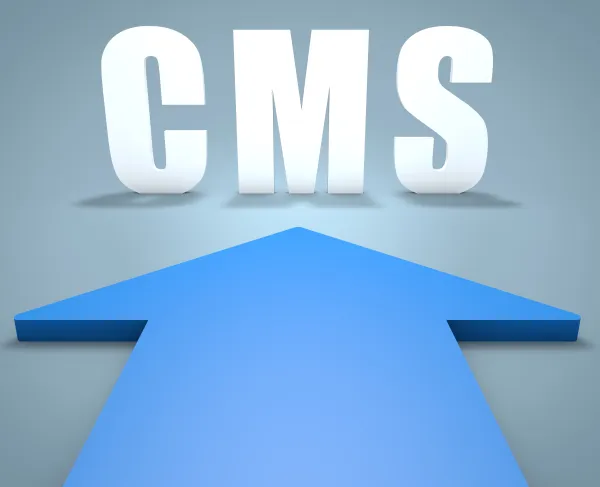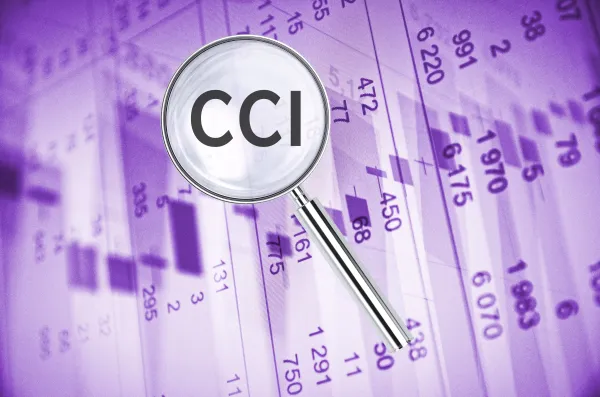Medicare Putting Together New Prolonged Services Code

The code still lacks some characters, but the definition’s pretty complete. In the 2020 Centers for Medicare & Medicaid Services (CMS) final rule, Medicare made some major decisions that will affect how you will code for the next year. That’s not all: It also spelled out a few changes that won’t go into effect until 2021. One of those changes will affect the way you code prolonged services. Get the jump on the changes with some advice on how to code prolonged services in 2021, and how it will affect your coding. CMS Aligns With CPT® on New Code As of Jan. 1, 2021, you will no longer use +99358 (Prolonged evaluation and management service before and/or after direct patient care; first hour) or +99359 (… each additional 30 minutes (List separately in addition to code for prolonged service)) to report non face-to-face prolonged services, as the codes will be deleted. This is a dramatic change to the way you will report prolonged services, and the changes aren’t all set in stone yet. Say hello to … 99XXX? CMS is introducing a new CPT® code, the still-incomplete 99XXX (Prolonged office or other outpatient evaluation and management service(s) (beyond the total time of the primary procedure which has been selected using total time), requiring total time with or without direct patient contact beyond the usual service, on the date of the primary service; each 15 minutes (List separately in addition to codes 99205, 99215 for office or other outpatient Evaluation and Management services)). You will use the code “when time is used for code level selection and the time for a level 5 office/outpatient visit (the floor of the level-5 time range is exceeded by 15 minutes or more on the date of service,” according to CMS. Impact: “This is helpful as the amount of time for the prolonged services is more in line with how it is performed,” says Suzan Hauptman, MPM, CPC, CEMC, CEDC, director, compliance audit, Cancer Treatment Centers of America. “A lot of time could be spent with a patient answering questions and coordinating care in front of him. But then, additional coordination could be needed after the visit.” This code, which includes face-to-face and non-face-to-face time, will help to report all types of prolonged services. “The fact that it can only be appended to the highest level of service also makes sense. In fact, I thought it confusing to do it any other way,” says Hauptman. The good news is that “Medicare using CPT® codes is always preferable because practices don’t have to vary their reporting by payer,” notes Kent Moore, senior strategist for physician payment at the American Academy of Family Physicians. So, there should be no problem with the code being adopted by private payers. However, “no longer recognizing 99358-+99359 could be problematic, as it is unclear how these codes as currently described will relate to the revised office/outpatient visit codes when the latter go into effect in 2021,” Moore points out. (To view the final rule for yourself, go to: http://s3.amazonaws.com/public-inspection.federalregister.gov/2019-24086.pdf.)




